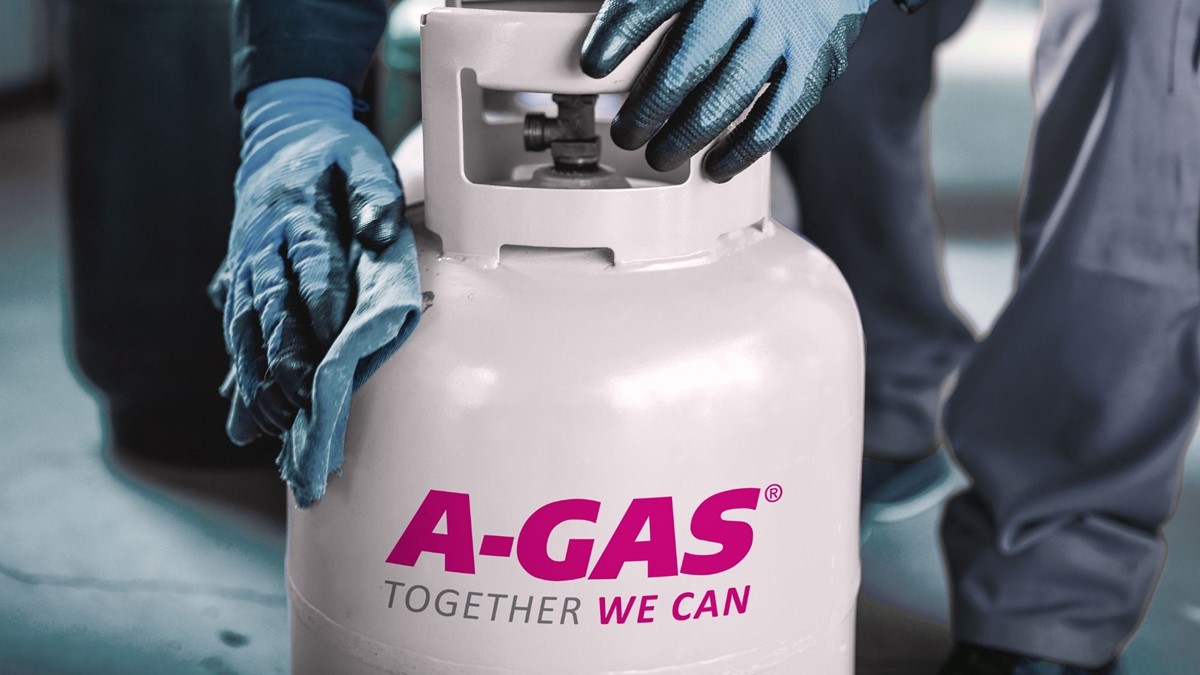A-Gas Managing Director, John Ormerod, advises on the refrigerants to use when installing a heat pump system.

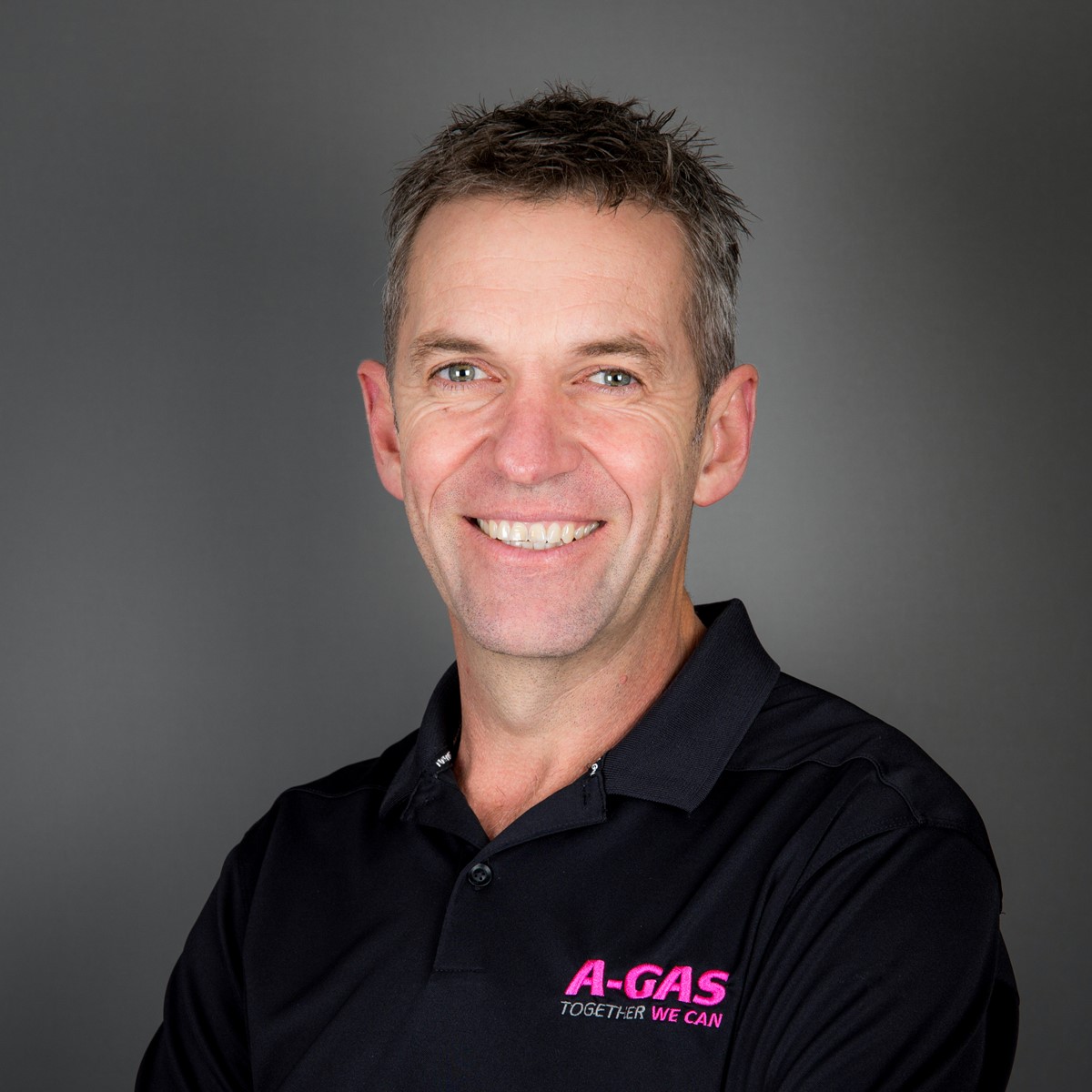
In line with the United Kingdoms net-zero strategy, the Government aims to see a significant change in the UK's carbon footprint and its efforts in combatting climate change by 2030. If we are to achieve the goals that the net-zero strategy sets out, millions of heat pumps will have to be installed, resulting in a lot of work for installers.
Heat pumps are not only good for businesses but are also a superb lower carbon fix. When we consider that district heating systems can be incredibly complex to manage once installed, the rising cost of fossil fuels and the fact that hydrogen-based systems still have many question marks hanging over them, we can see that heat pumps will only grow in popularity.
With their high coefficient of performance heat pumps offer a winning formula in heating and cooling for commercial and domestic installations. They also help to reduce carbon emissions and if the electricity powering them is from a sustainable source, then the heating and cooling provided can be deemed zero-carbon too.
With the latest changes to the F-Gas Regulation to be finalised, it is not yet clear which refrigerants are going to dominate the heat pump sector. From a regulatory and an application point of view this is an ongoing journey.

Where refrigerants are concerned, the choice made by installers will depend on the job in question. There are many challenges involved in converting homes and buildings to heat pumps, especially when compared to heating from boilers. This highlights the differences between new-build and existing housing stock and how different approaches in heat pump technology will be needed to achieve the best efficiency outcome.
For example, new-builds are ideal for low temperature heat pumps, where underfloor heating can achieve great efficiencies. But existing housing with radiators needs purpose-designed, high temperature heat pumps or larger radiators. Flats and multi-occupancy housing also bring additional complexity. It is important to bear in mind that the best refrigerant for each application may be different for energy efficiency is to be maximised.
Ultra-low GWP refrigerants like R290 (propane) are becoming significant players in the heat pump market and in some instances are being pushed as the one-size-fits-all answer. Propane and other lower GWP flammable refrigerants bring, with their benefits, a complexity of their own due to the safety concerns surrounding them.
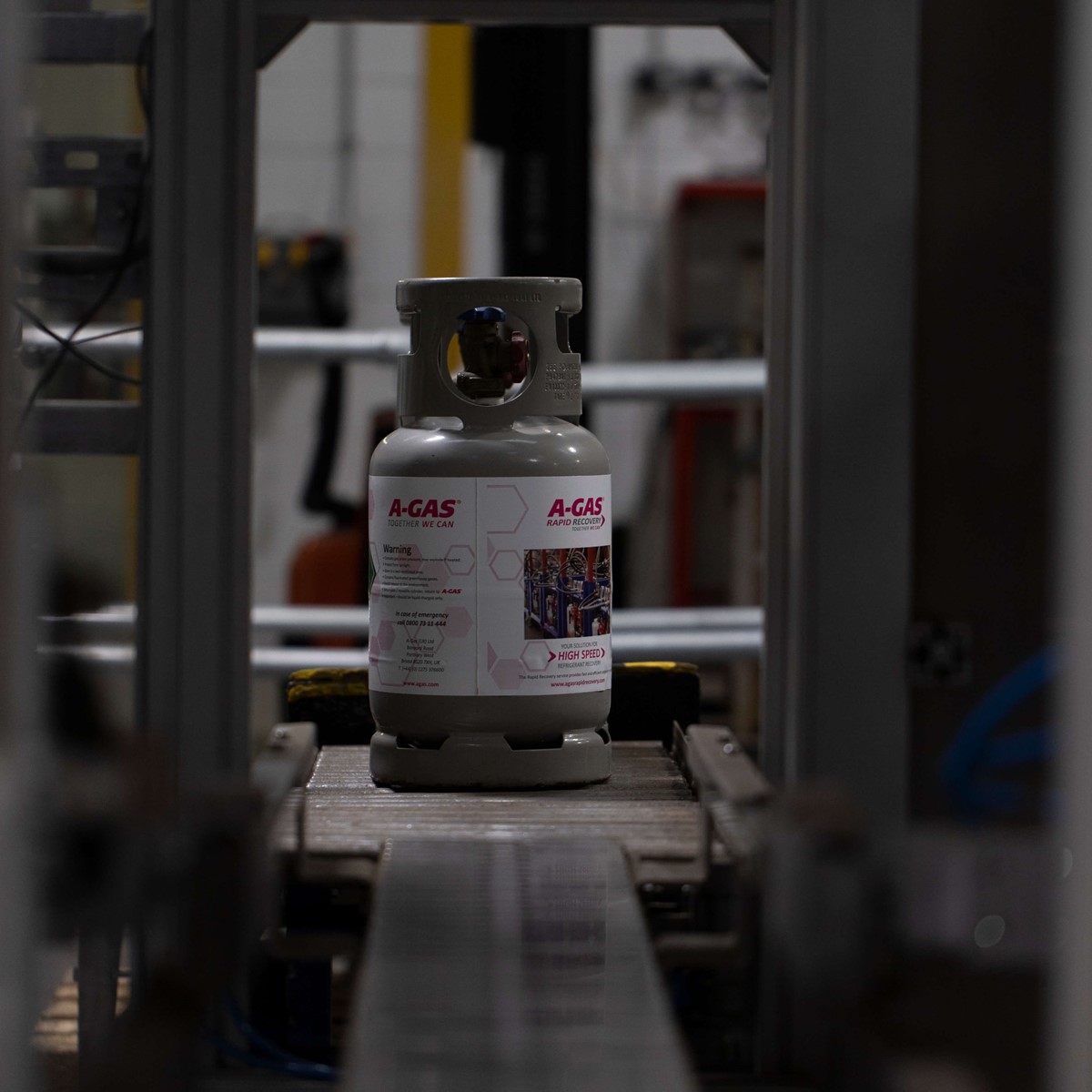
In some applications, this can be managed adequately but in other cases propane may not be the appropriate solution. This is where the air-conditioning market is often overlooked. Most, if not all, air-conditioning systems sold currently are heat pump-based and do a great job heating and cooling large spaces. Office accommodation is a good example of how this works well.
But where propane-based systems would not be permitted for safety reasons, the use of non-flammable or lower flammable refrigerants like R32 can facilitate the use of heat pumps.
R32 demonstrates excellent efficiency in heat pump systems, is a very stable refrigerant and is very difficult to ignite. Only a naked flame – and not a spark – will ignite this gas, as there’s not enough energy in the spark to do so. That aside, R32, like all refrigerants, should be handled with care.
For many years, R410A has arguably been the refrigerant of choice in heat pumps. However, its high GWP means that its days are numbered as a virgin gas under the F-Gas phase-down. The good news is that for existing R410A-based systems, there is reclaimed gas available on the market, which will be a way forward for many installers when servicing a heat pump system.
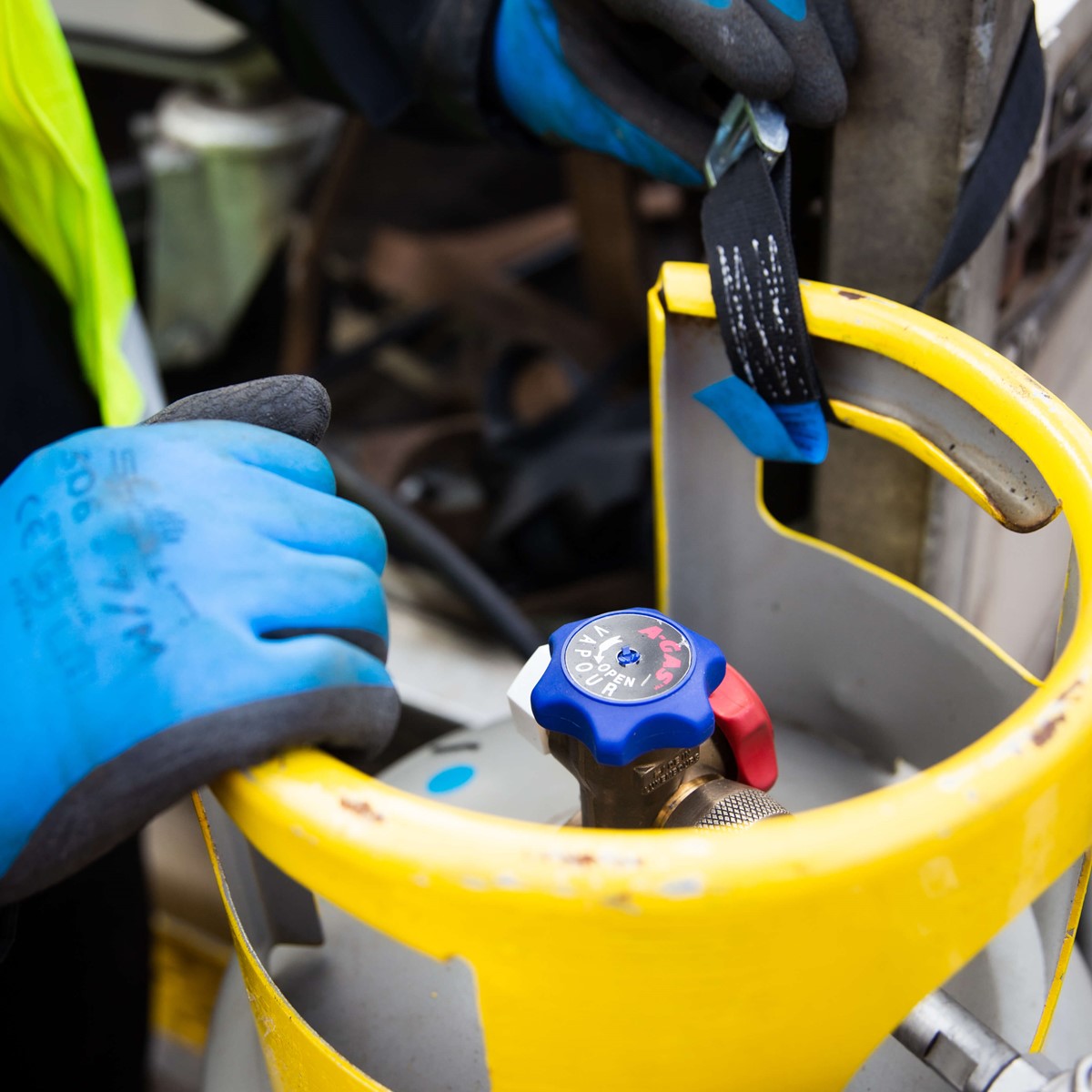
A-Gas reported a record year for the recovery and reclamation of refrigerants in 2022, and I expect the availability of used gases to grow.
The recovery and reclamation of gases is a key pillar of lifecycle refrigerant management on the journey towards net-zero. It is clear that reducing leakage and recovering existing refrigerants for future re-use has a far greater impact on our climate than the substitution of lower global warming potential refrigerants alone.
Refrigerant sent to A-Gas reprocessing centres becomes fully reclaimed product and is returned to the market. Around the world, no kilogram of refrigerant once produced, should be allowed to go to atmosphere. As an industry we need to do all we can to achieve this.
A-Gas, the world leader in the supply and lifecycle management of refrigerants and associated products and services, has a strong track record in reclaiming and recycling gases through the use of its market-leading service, A-Gas Rapid Recovery. With this F-Gas compliant, on-site recovery service, refrigerants can be removed easily and quickly by a mobile recovery unit, saving customers time and money.
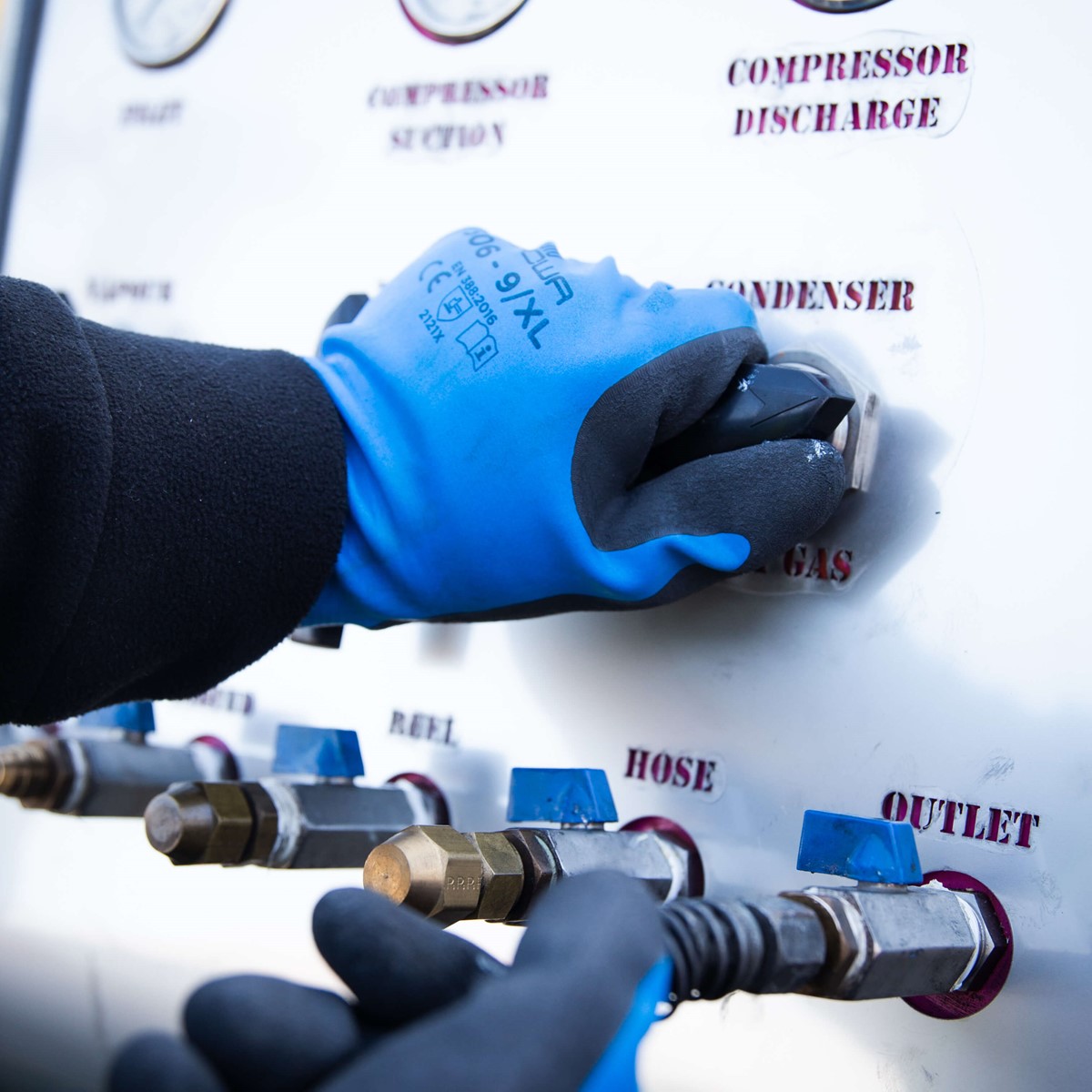
Although we are living in challenging times in the heating and cooling industry, I believe that there will be plenty of reclaimed R410A and R32 available on the market and there should be no concerns about shortages of refrigerants for heat pump systems.
A-Gas is proud to support customers on their journey to net-zero. A-Gas has pledged to reduce its own emissions by 50 per cent by 2028 and by 2035 will be a net-zero company.
But more widely, it is estimated that if we are to rise to the challenge of the UK Government's net-zero strategy, 19 million heat pumps will have to be installed in the UK by 2050. This is a staggering figure and one which will have a huge effect on the heating and cooling industry. With deadlines looming – gas boilers won’t be installed in new builds from 2025 onwards – change is happening rapidly.
The restrictions on the use of higher GWP refrigerants affecting the industry through the F-Gas regime will only get more severe. But in pure business terms, heat pumps will open up new opportunities for installers and specifiers and I urge them to grab these with both hands. You can be sure there will be the right refrigerants available to fulfil your ambitions.
